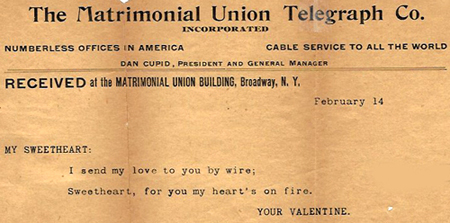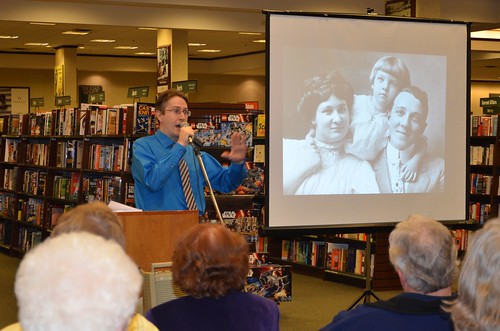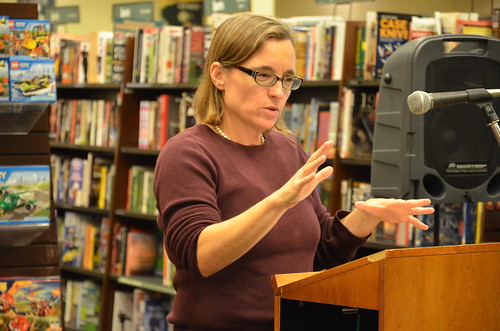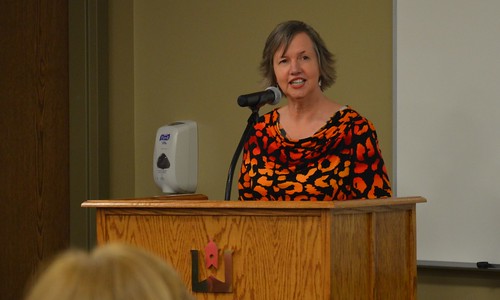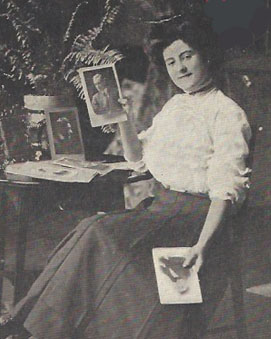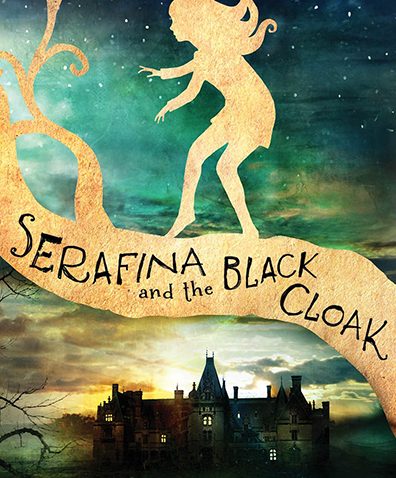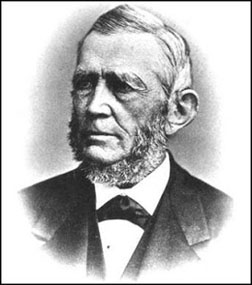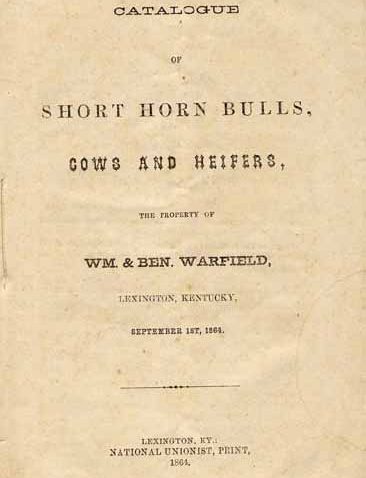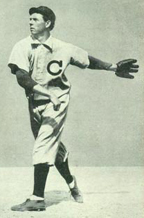 The last year the Chicago Cubs won the World Series is a distant age for most, but for those browsing the Manuscripts & Folklife Archives collections of WKU’s Department of Library Special Collections, it’s a time easily recalled. During that year, for example:
The last year the Chicago Cubs won the World Series is a distant age for most, but for those browsing the Manuscripts & Folklife Archives collections of WKU’s Department of Library Special Collections, it’s a time easily recalled. During that year, for example:
Architect Brinton B. Davis was overseeing completion of Bowling Green’s new City Hall at 10th and College Streets. The cost: a little over $25,000.
John Marion Robertson, manager of the Bowling Green Opera House, issued a complimentary ticket to Confederate veteran John W. Stark for a performance of “On Parole,” a play about the Civil War that included “scenes in which you,” he wrote Stark, “no doubt, took part.”
A friend wrote Hopkinsville’s Charles Hisgen about the state of the train station. “If we can get that railroad lot cleaned off . . . also coal yard & a new modern passenger depot, when a stranger arrives in Hopkinsville he will think the town amounts to something.”
Phineas Hampton “Hamp” Coombs (evidently not thinking about baseball at all) sent a Valentine by telegram to his wife Lattie. “I send my love to you by wire,” he crooned. “Sweetheart, for you my heart’s on fire.”
Butler County physician Dr. William Westerfield recorded in his diary that late October winds were aggravating “forest fires in Muhlenberg Co. causing considerable damage burning over corn fields, fencing etc.”
John Blakey Helm wrote his father from Princeton University about returning to Bowling Green at the school year’s end. “I expect you had better send me about thirty dollars, which I think will bring me home. I haven’t anything else here to pay for but have only a dollar and a half.”
And here’s an anecdote about President Lyndon B. Johnson (born in 1908) who, many agree, understood and wielded political power better than any modern chief executive. At the conclusion of an event at Fort Bragg, North Carolina, a military officer informed the President that “your helicopter is ready.” LBJ, stone-faced, replied “Son, they’re all my helicopters.”
Click on the links to access finding aids for these collections harking back to 1908, and search TopSCHOLAR and KenCat for more. Then sit back and wonder if the “last time the Cubs won” clock will be reset to 2016. . .

